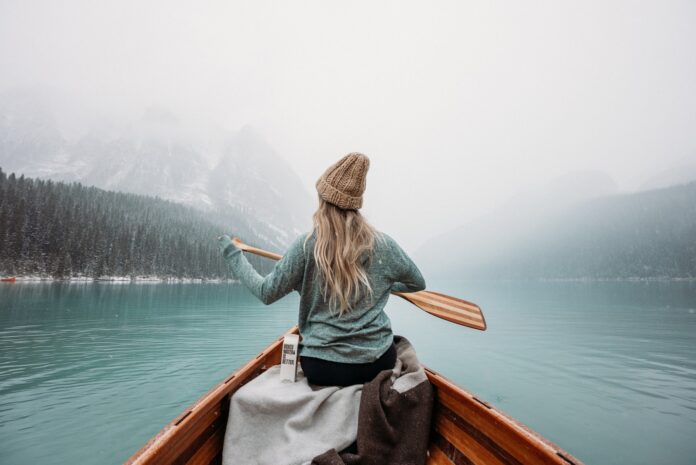Are you a nature lover?.. Do you also feel peaceful and cheerful when you’re in nature’s lap? Do you love the different variations in nature?
The beauty of nature is majestic and prevailing. No other beauty in this world could match the beauty of nature around us. From appealing snow-capped mountains to freezes aquamarine oceans, all have a unique beauty that excites all the people across the world.
When we love something, we like to talk about it all the time. But in the case of nature lovers, this philosophy hits differently. Because describing Nature’s enhancing beauty is just beyond words.
Since we cannot put the beauty of nature in words, we like capturing the essence of its beauty into frames. That’s what we call Nature photography. Let’s discuss the concept of nature and nature photography.
Concept of Nature’s beauty
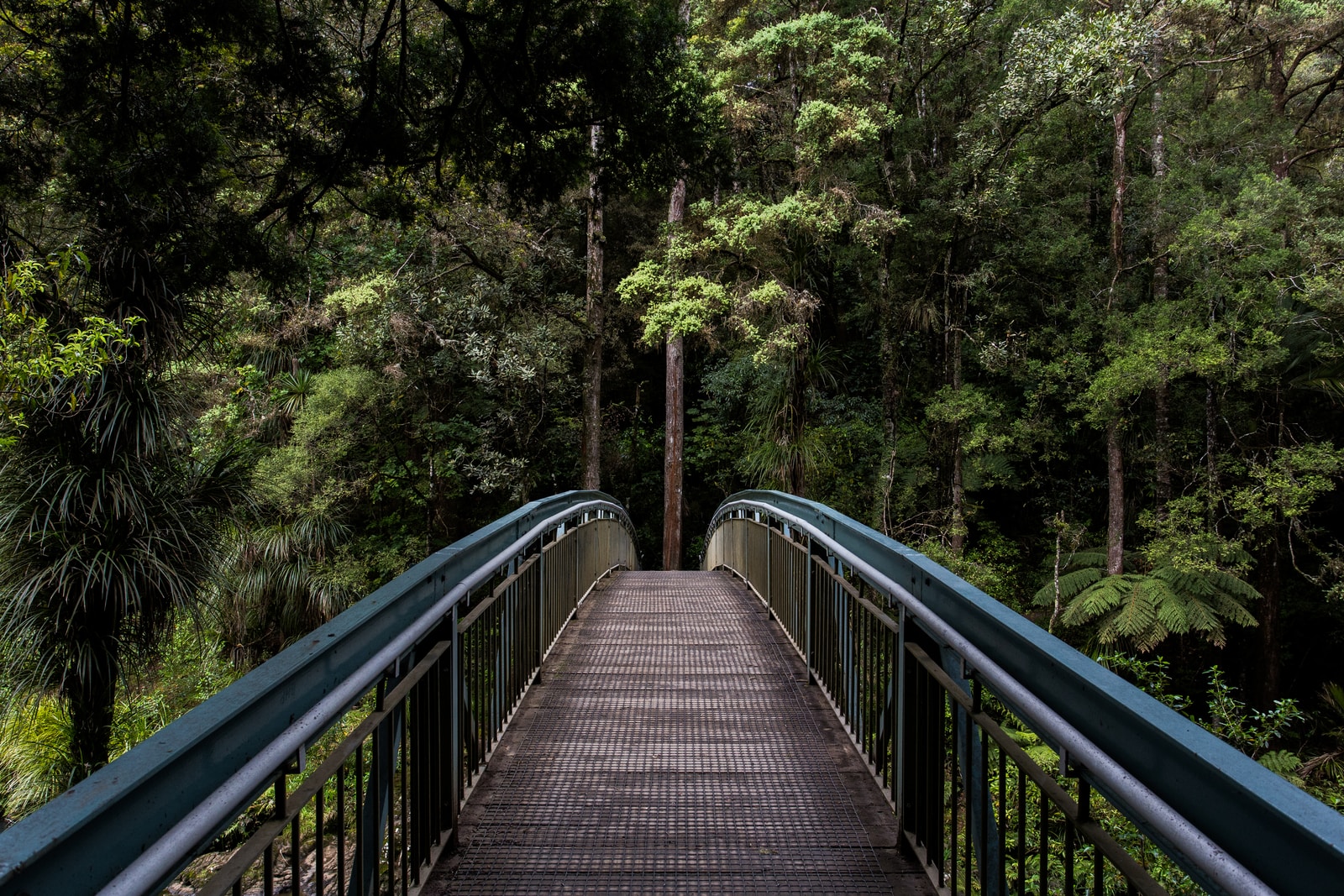
“There is something infinitely healing in the repeated refrains of nature-the assurance that dawn comes after night, and spring after winter.” —Rachel Carson
For those who cannot relate to what it feels like to be surrounded by nature means, this nature quote is all they need to understand.
From summer’s energetic sunny day and winter’s snow-capped magic to spring’s blooming buds and fall’s majestic falling leaves, every season bounds individual natural beauty to explore and capture. The visions of green velvety meadows with colorful flowers to the deep and dense forest with trees that are sky-high mark nature’s presence and fundamental role in our lives.
The basic concept of Nature photography
When we love nature, we also love to capture the essence of its beauty into frames through our cameras and admire them. Let’s explore some basic concepts about it.
Nature photography is a wide range of photography that is shot outdoors and focuses on capturing and displaying the beauty of nature such as landforms, water bodies, forest cover, wildlife, and sometimes macro or close-up shots of natural landscapes and nature’s unique texture such as the texture of clouds.
Basic Equipment required:
1. Camera
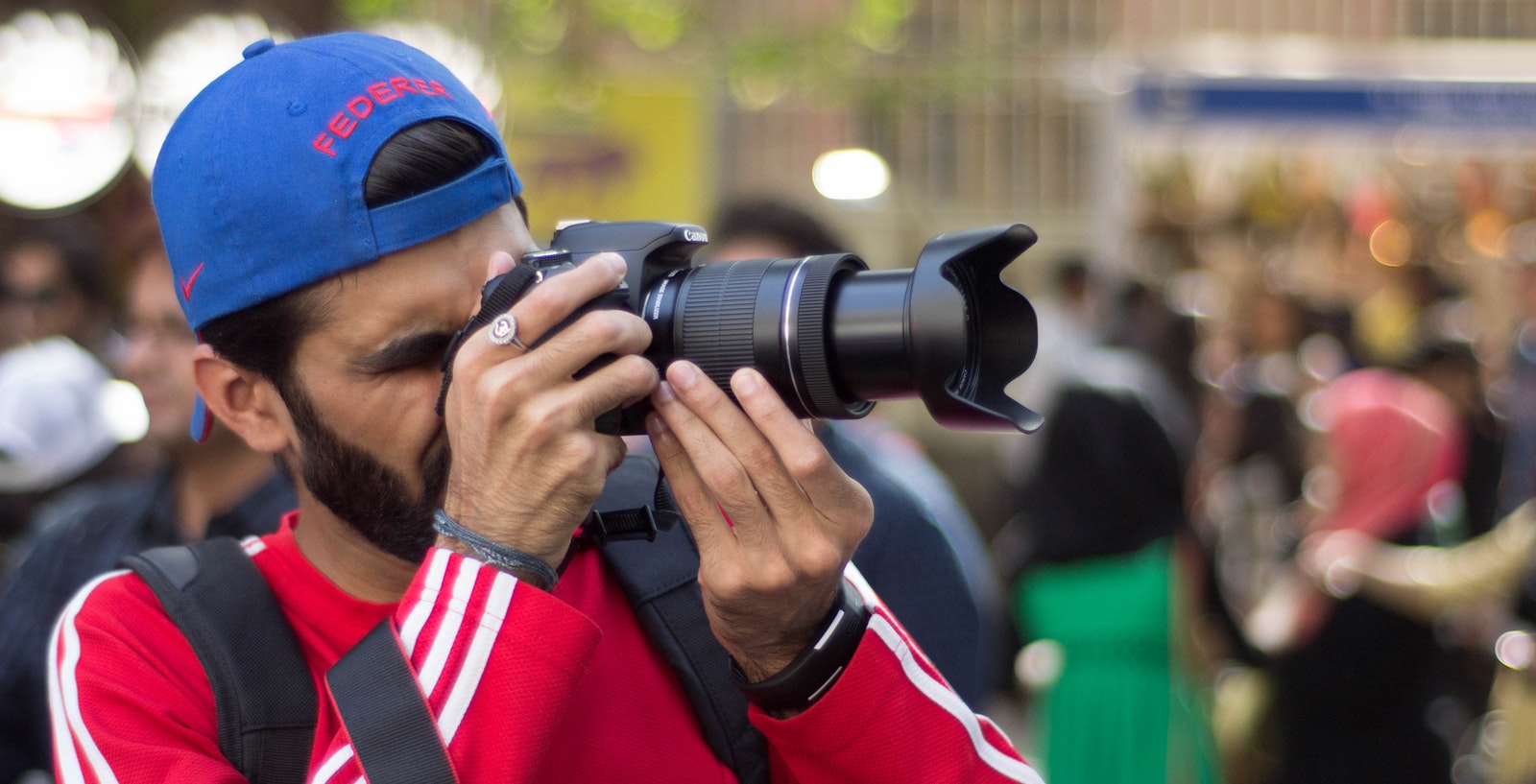
For selecting a camera, you first need to keep in mind what you want to capture. Some categories of you need to consider for selecting a camera are macro, closeups, sceneries, wildlife, and landforms. Fixed lens (point & shoot) cameras are used for the first two genres but don’t work well with another genre. For best results, DSLRs work great for nature photography capturing every little detail.
2. Lenses
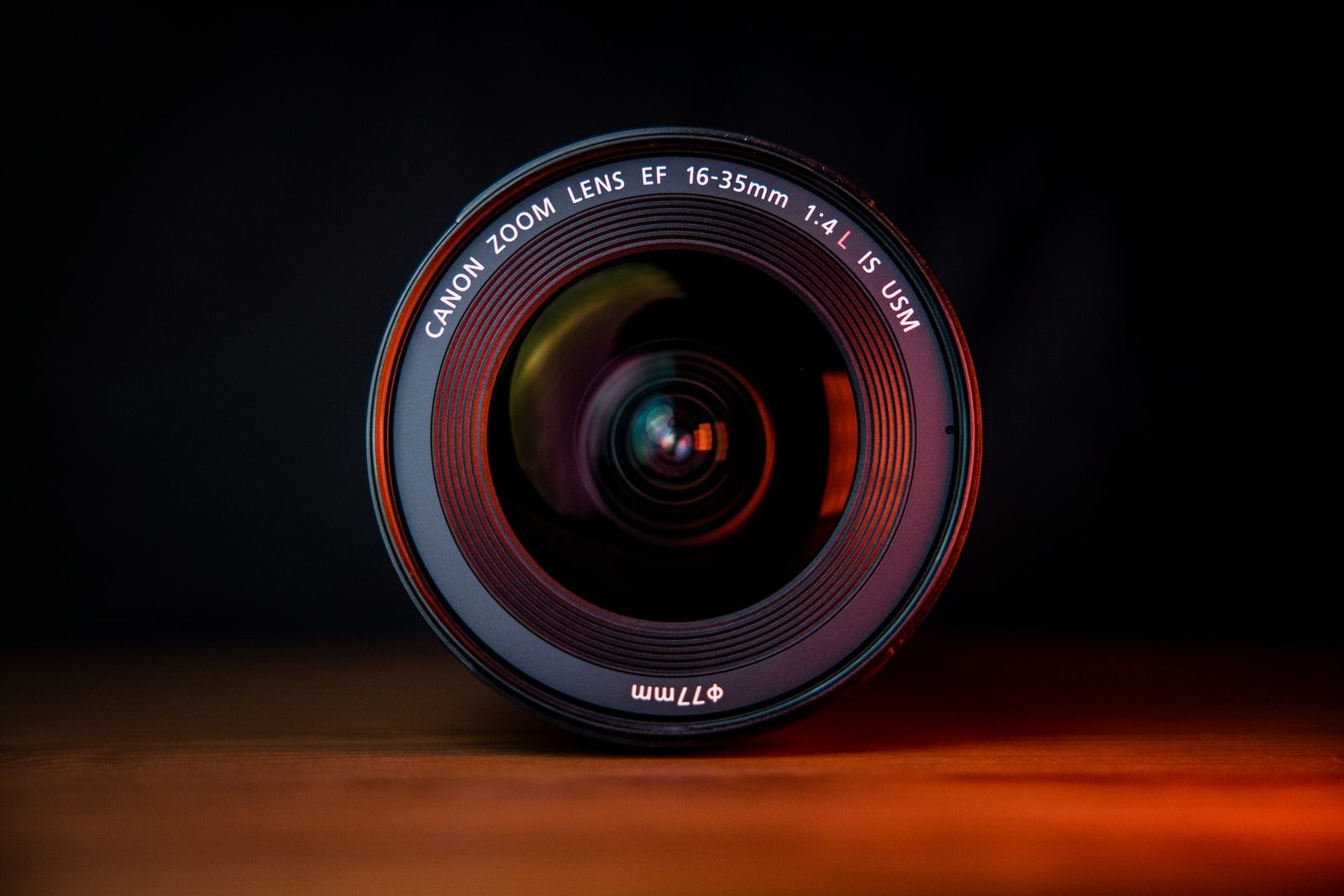
Using good quality lenses is preferred mostly. For comparing different lenses go through Canon lens.
3. Tripods
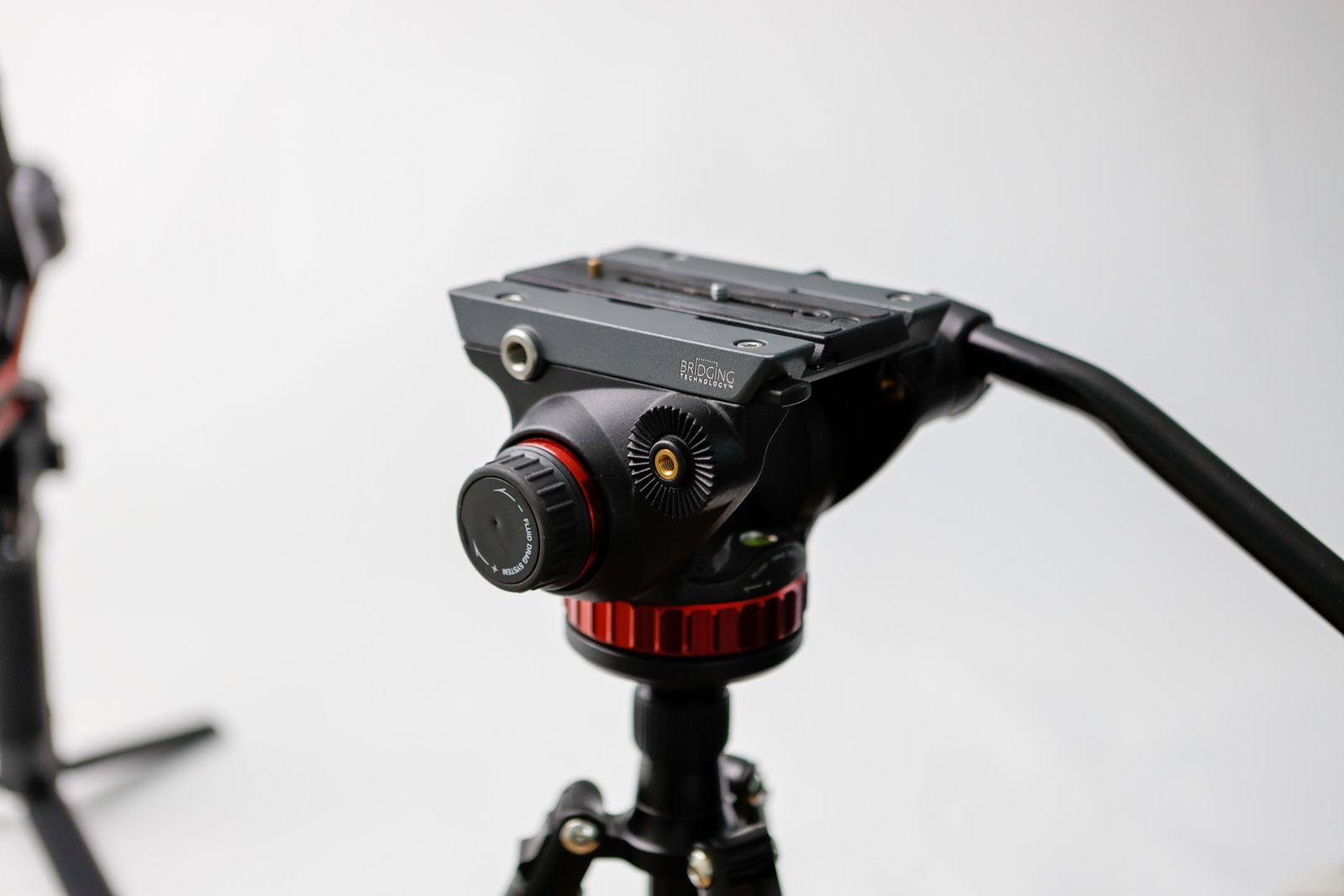
A tripod is just like a cherry on a cake when you shoot outdoors, especially in nature. For serious appealing nature photography, a tripod is necessarily needed. For macro shots, scenic work, fine composition, and long exposure images, a tripod work wonders.
4. Flash
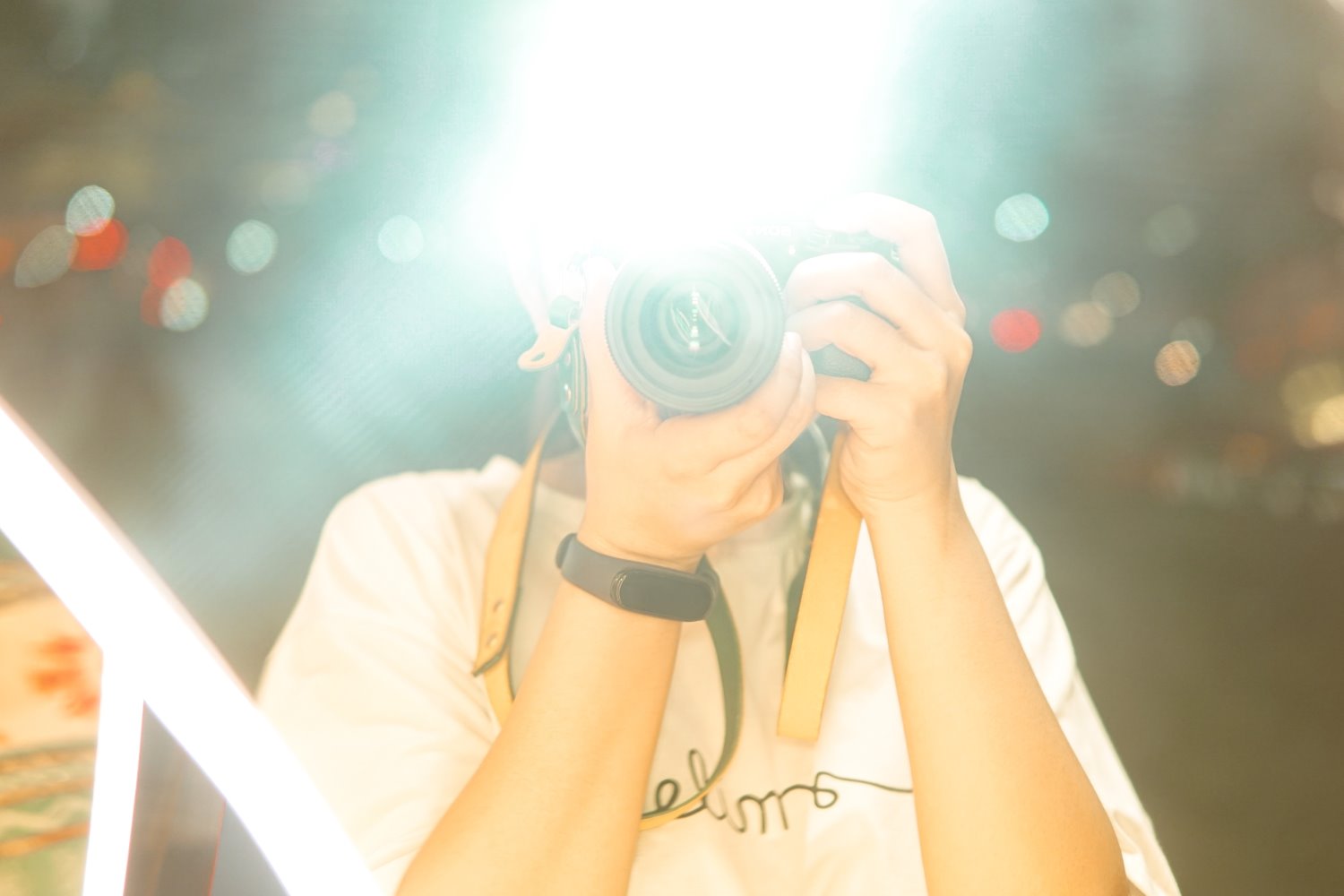
Flash is not needed for all lighting conditions. But, using flash depends on your choice of subject. Nature has a natural light source so it doesn’t need a flash. But at low light or in a darker environment or the darker time of the day flashes can give you visually compelling images.
Basic settings to know
1. Modes of camera
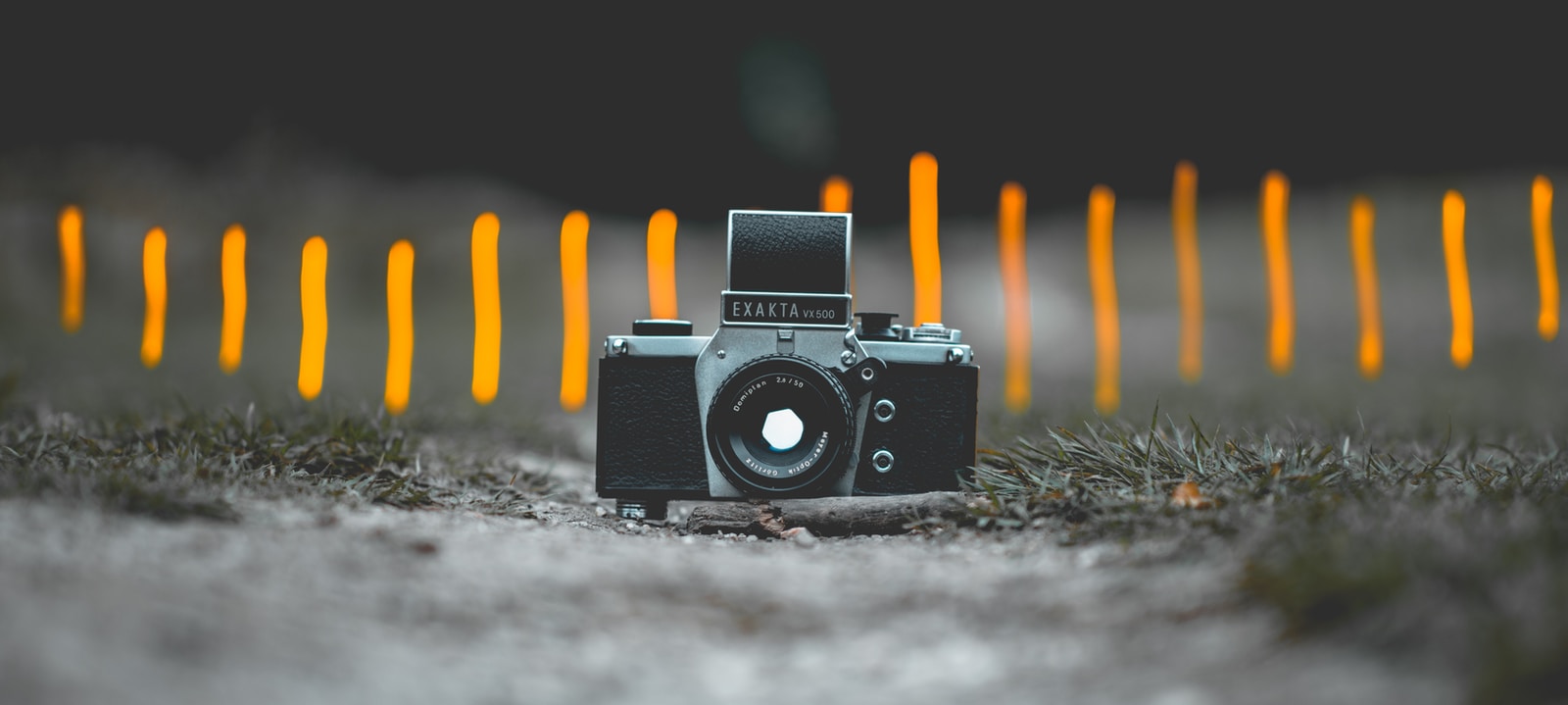
Av mode, A mode, etc are different modes to control the balance of settings. Manual mode is best if you’re shooting in nature. Because you can adjust the contrast, sharpness, and other settings according to your preferences.
2.ISO
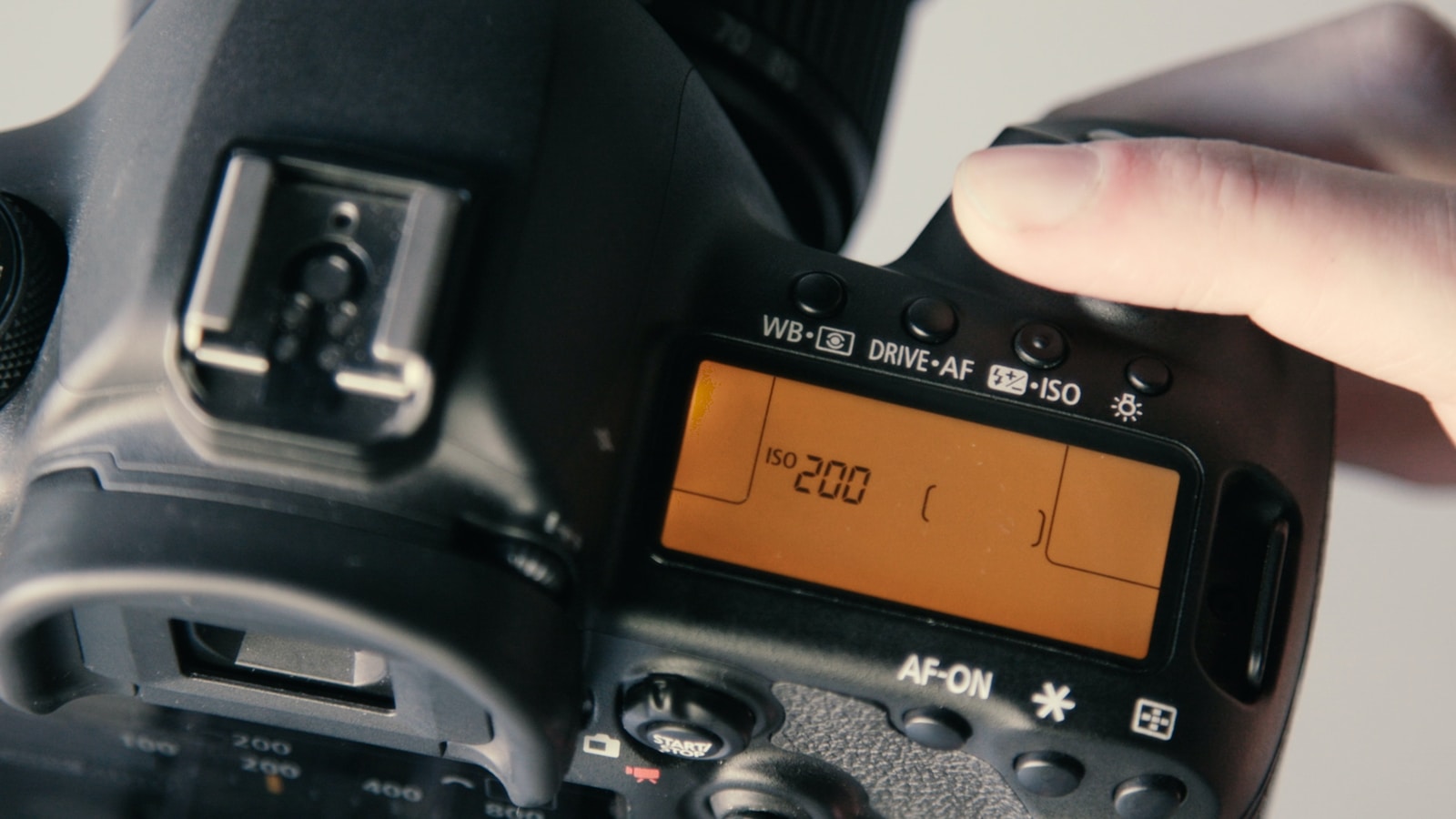
The sensitivity setting of the camera should be low while shooting in low light and should be adjusted according to the composition and light source. Nature is something that offers a high source of light whether it is the sun or the moon. Although different times of day provides different color and shades of light, you could use each to exaggerate the hues of nature.
3. Shutter speed and aperture
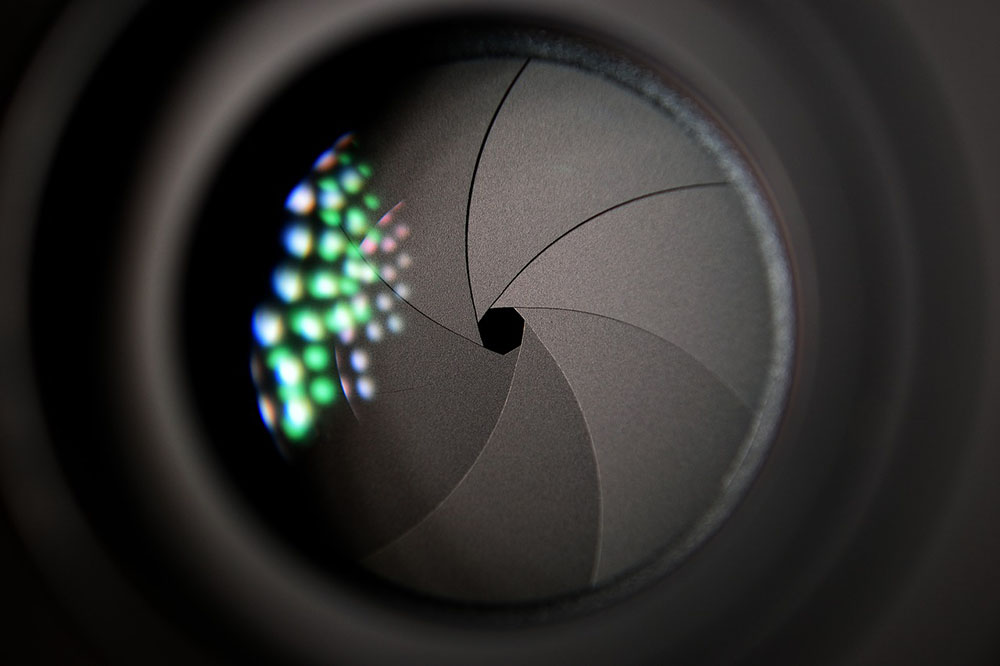
Both the settings are interlinked. A larger aperture and smaller aperture signify the amount of light entering through the lens. And shutter speed is adjusted accordingly with the exposure and ISO. For brighter images, use a higher shutter speed.
![]()

